A Fund for the Trees
An endowed fund of $100,000 has been established to preserve and protect the trees and landscape of Wheaton’s 400+ acre campus.
The Holcombe Austin Campus Ecosystem Fund is named in honor of Holcombe Austin, who taught philosophy at Wheaton for more than thirty years. This effort is part of the College’s new Giving Circles initiative—a group philanthropy effort that pools donations for greater impact.
Professor Austin shared his knowledge and passion for the trees of Wheaton in the popular Wheaton Tree Walk that he presented to alumni, students, and parents. Many of Professor Austin’s observations are still included in the Tree Walks that are curated today by Scott Shumway, Professor of Biology.
“When I arrived at Wheaton, someone told me that there was a retired philosophy professor who led tree tours of the campus,” says Professor Shumway. “I knew almost nothing about trees, so, as the botanist, I was rather intimidated by Holcombe.”
Professor Shumway joined Professor Austin on the annual tree walks, and he credits Zeph Stickney, a College Archivist who was often part of these tours, for keeping records on the location of notable trees on campus with her hand-drawn map. Professor Austin revised the content of his Tree Walks over the years, as the landscape changed on campus.
“The Wheaton campus would be a very different place without these beautiful trees. Everyone should take a moment out of their day to appreciate the beauty of the trees.”
—Scott Shumway, Professor of Biology
“My tree walks highlight some of the most interesting, largest, and oldest trees on the main part of the Wheaton campus,” says Professor Shumway. “I lead an annual tree walk for alumni and friends the Friday before graduation. Some alums remember their favorite tree while others are keenly aware of their class tree. I also lead tree walks for my botany class and other classes including an art class on museum studies and a class called ‘Religion and Plants.’ I led a tree walk for my First-Year Experience called ‘Our Green World.’ Basically, I’ll lead a tree walk for anyone who asks for one.”
He’s quick to point out that his Tree Walk style is different from Professor Austin’s.
“My style is nothing-but-the-facts,” he says. “Holcombe, however, talked about aesthetics and embellished his walk with great stories, some based on Wheaton history and others that were more fanciful. For example, one of the oldest trees on campus, which might predate the college, is the sugar maple on the hillside between Mary Lyon and the Watson Arts building. It has a huge branch with a 90-degree crook in it. Holcombe would say the branch got bent that way when George Washington tied up his horse. I tell the story now but truthfully add that I can neither confirm nor deny the accuracy of that story.”
Professor Austin and his wife Ethelind, who worked at the Wallace Library for many years, were devoted to the College. They planted more than 300 trees on campus over the years.
“I learned a great deal about the campus trees from Holcombe,” says Professor Shumway. “As he got into his 90s, he had increasing difficulty getting from tree to tree. One year I showed up for the walk and Holcombe wasn’t there. At that point, I realized I had inherited the tree tour tradition.”
Gifts from the community to the Holcombe Austin Campus Ecosystem Fund will help to maintain the trees of the Dimple, as well as the trees, landscape, and hardscape across campus. Everyone in the Wheaton community is invited to contribute to the Holcombe Austin Campus Ecosystem Fund by joining the Giving Circle.
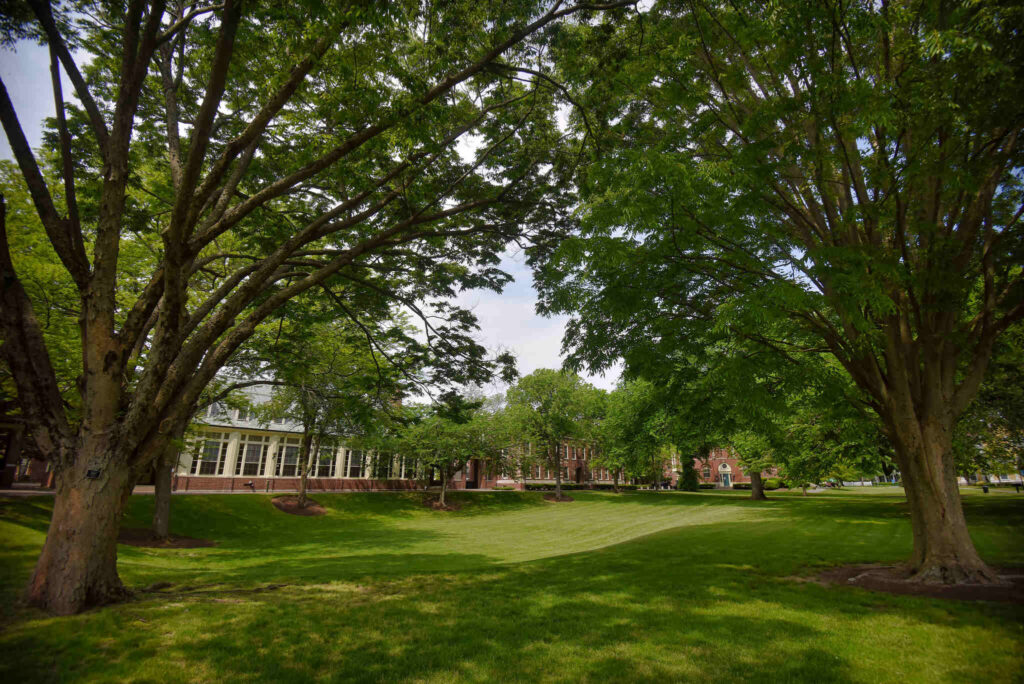
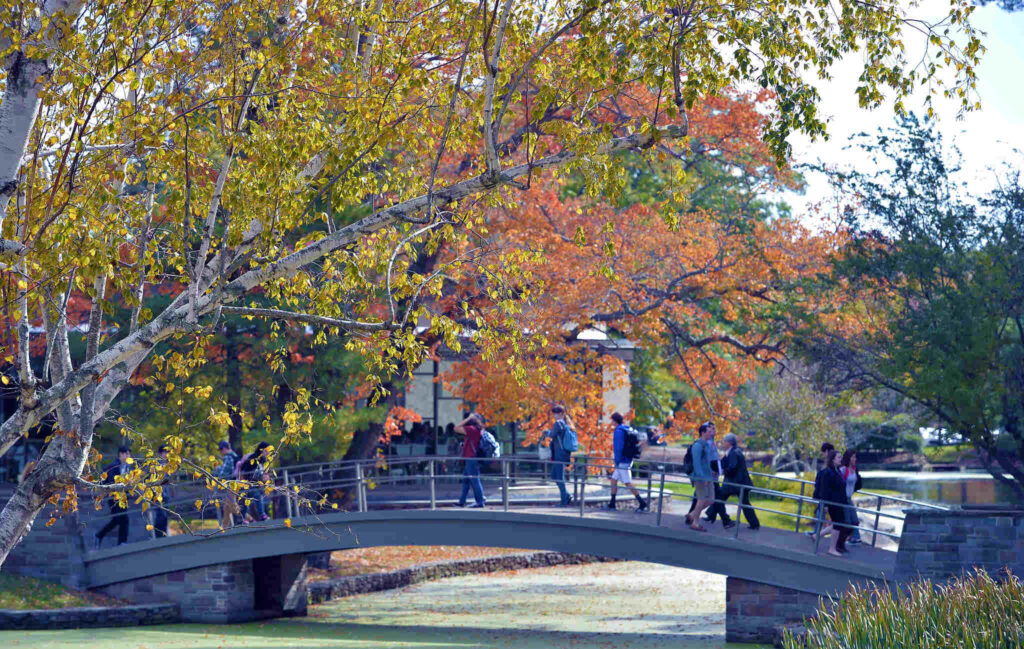
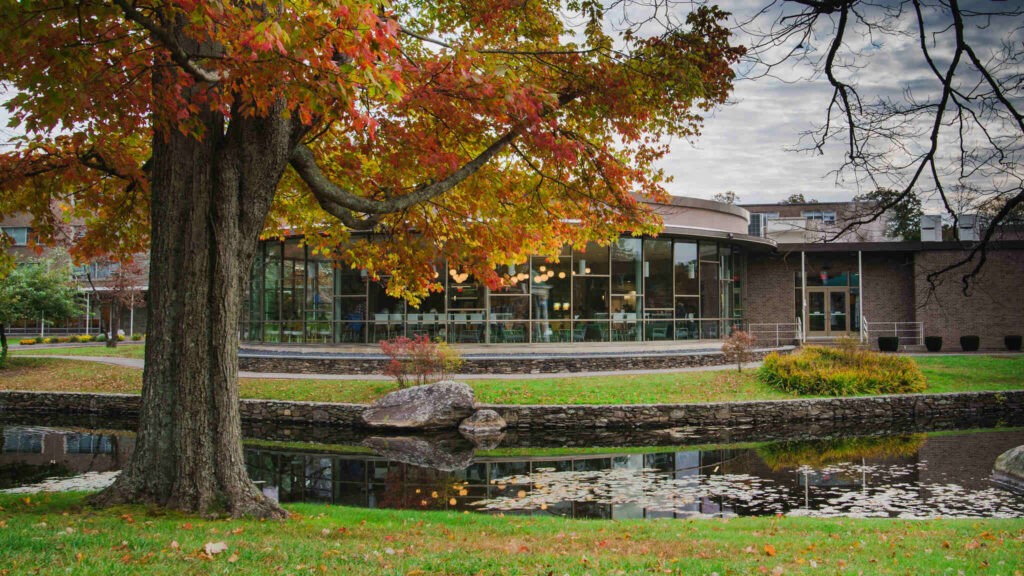

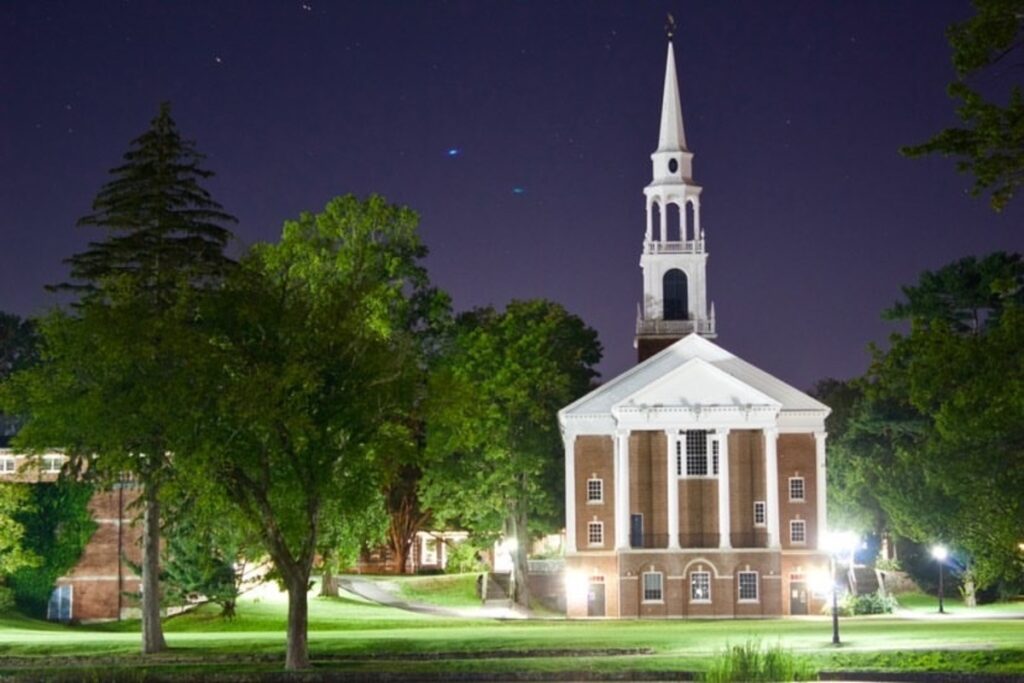
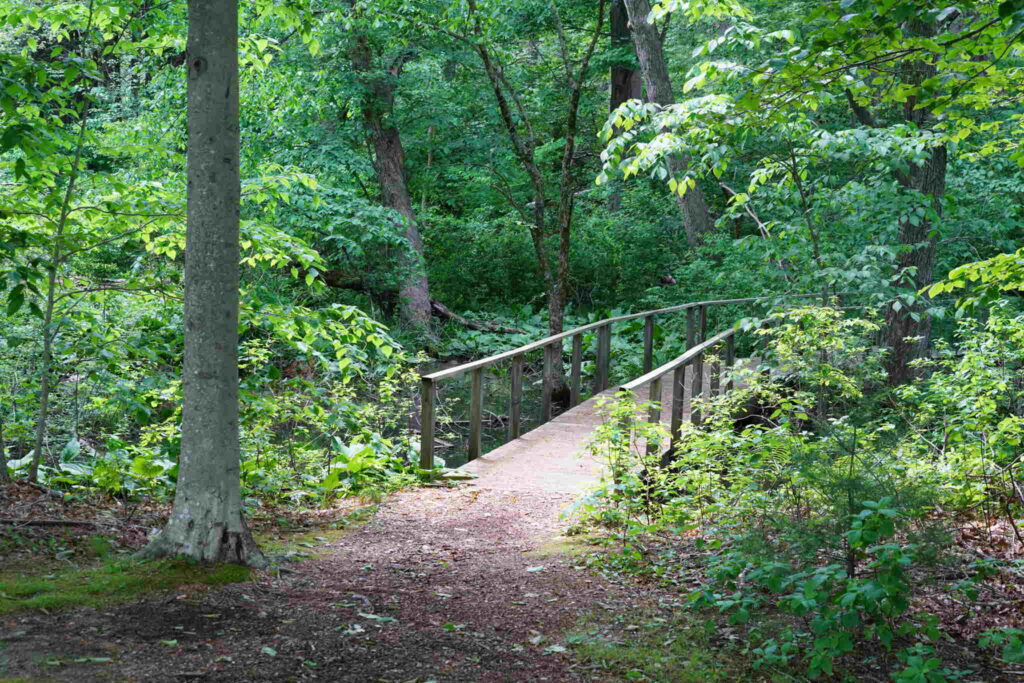
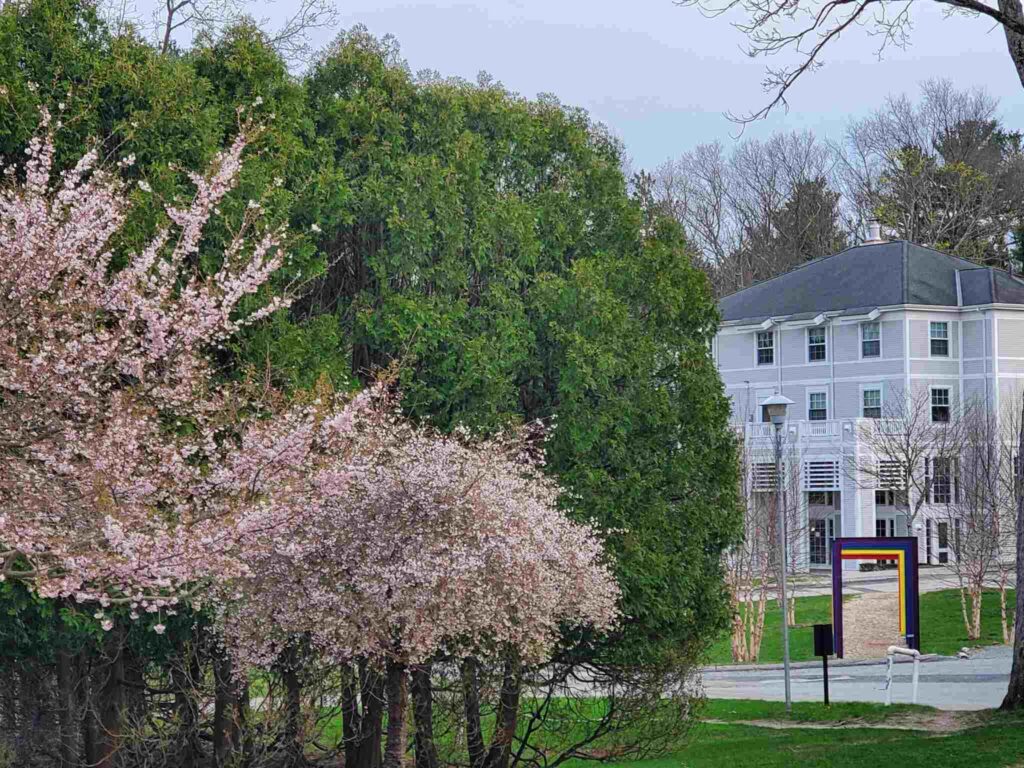
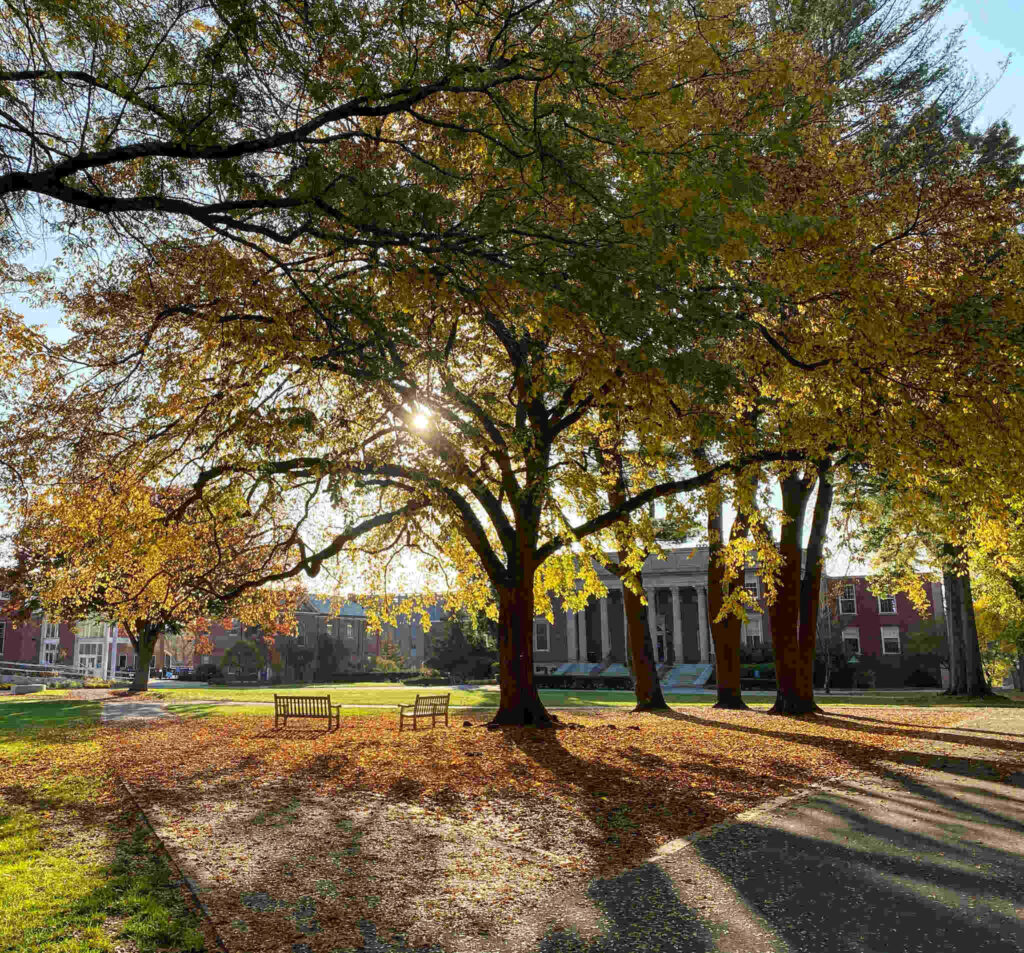
-
Categories:
- Philanthropy
